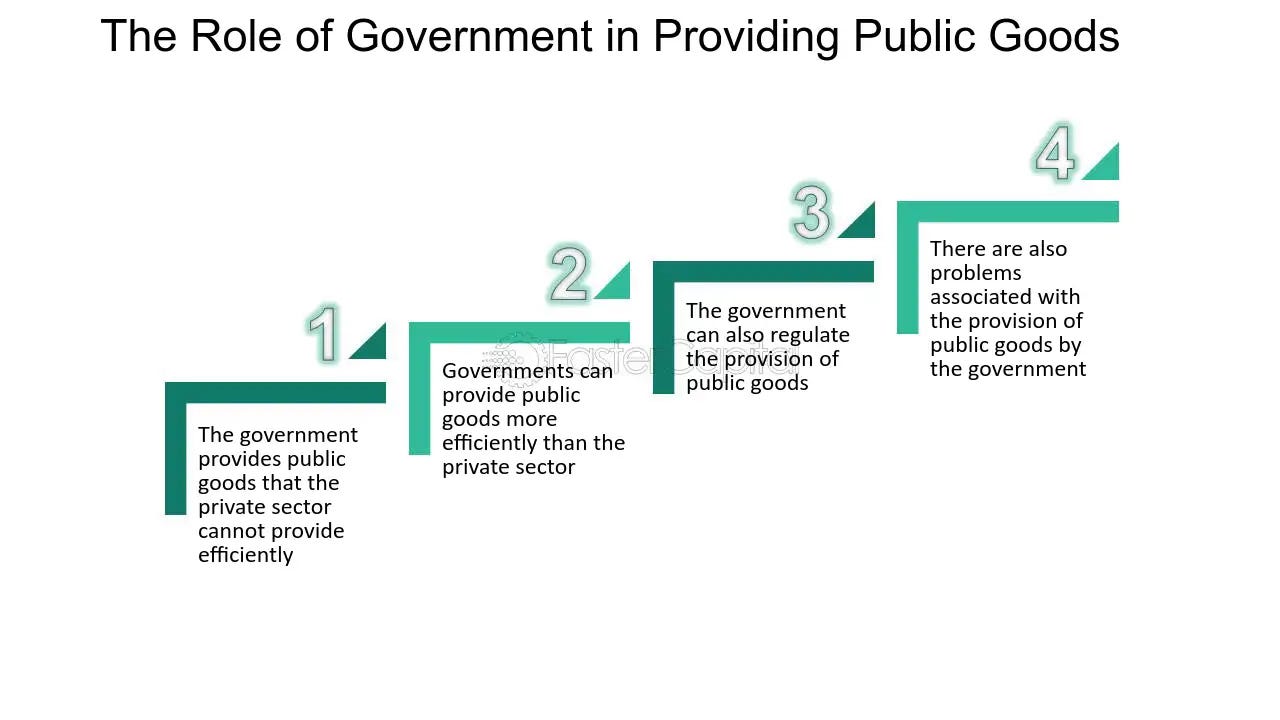Public Goods and Privatization
Lessons for Hard Tech from the history of privatized infrastructure
There’s a long history of successful (telecom, airlines, logistics) and unsuccessful (prisons) privatization of public goods. As a Hard Tech VC (and a human who cares about making the world work better for more people…), I’ve been thinking about the lessons we can learn from past attempts to replace public infrastructure with private markets.
But first, a quick diagram on public goods and the government’s role:
But as the public’s needs and technology’s capabilities change, it can make sense to privatize these public goods. Here’s some examples where it’s worked/hasn’t…
Where it worked:
Telecom – Breaking up AT&T unleashed a wave of competition that brought down communication costs for consumers.
Airlines – Deregulation created cheaper fares and more choice.
Logistics – FedEx and UPS outperformed the USPS on speed and scale.
Energy markets (partly) – Deregulated grids invited innovation in renewables and grid tech.
Where it failed:
Prisons – Profit incentives undermined justice and safety.
Healthcare – Fragmented incentives led to high costs and poor outcomes.
For-profit education – Aggressive sales tactics, weak outcomes, no accountability.
The pattern is that privatization works when markets outperform bureaucracies on service, cost, or innovation, and when users can choose. It fails when incentives get warped, feedback loops break down, or the “customer” has no power.
For Hard Tech founders building the next gen of infrastructure—weather, water, defense, energy—the lesson is this: build like it’s a utility, take the long view, and don’t sacrifice reliability and integrity for speed.



